
A writer at the UK Spectator is arguing that we shouldn’t cancel the disgraced Neil Gaiman’s books, because children should get a chance to read Coraline:
Whether or not the allegations against Gaiman are true, the backlash has been swift. Gaiman’s upcoming creative projects have been cancelled. Netflix’s adaptation of his comic book The Sandman will end. A hotly-anticipated stage production of Coraline will not see the light of day. Publishers now refuse to touch Gaiman’s graphic novel manuscripts.
The collapse of his literary empire comes with immense collateral damage, not least for those employed on these various projects. But perhaps the unacknowledged losers in this sad saga are the children who won’t now find his work.
When I first encountered Coraline as a teenager, it gave me thrilled nightmares for weeks; I devoured Good Omens in one sitting. Beyond his writing, I became enamoured with the man. Gaiman has a fascinating backstory; born Jewish and raised a Scientologist, he was a precocious boy who could read at the age of four. As an adult, he left the Church and married musician Amanda Palmer, who struck my teenage self as fun and sexy.
With his dark semitic features, gentle manner, and large collection of leather jackets, Gaiman reminded me of the dads I used to see in my school playground at drop-offs. Over-familiarity with celebrities is almost always a mistake. Boy, did I make a huge one with Gaiman.
Whatever Gaiman did, or didn’t, get up to in his private life, we should separate the art from the artist. A reader would struggle to infer anything nefarious about his attitudes towards women from his work. The phrase ‘strong female lead’ is surely one of the most irritating in the English language, but Gaiman’s novels are chock-full with them. From spiky Anathema in Good Omens to clever Lettie in The Ocean at the End of the Lane, these characters are three-dimensional and thoughtfully drawn.
She hasn’t read all of them, or maybe she’d notice that wasn’t exactly the case for Calliope in the now notorious 17th issue of Sandman, and even Lyta Hall didn’t come off well in the series, where any use of her superhuman strength was very watered down. We could even add how Zatanna was underserved as a character in the original Books of Magic miniseries, and how poorly Sersi was handled in the ghastly Eternals miniseries. Even the take on Jean Grey in 1602 was dreadful. The columnist continues:
I envy young girls and boys who get to read Gaiman for the first time. Though they’ll now miss out on getting to watch his adaptations on stage or telly, I hope his books won’t disappear from school library shelves.
If we ‘cancel’ Gaiman, then other authors surely deserve a similar fate. Separating the art from the artist is not a new moral dilemma. But while adults have autonomy over what art they consume, cancelling a famous children/young adult writer is different, precisely because kids don’t have that same choice. Even if Gaiman is a creep of epic proportions, that’s not a reason to consign his writing to the shadows.
Ahem. I don’t think literally canceling them outright is the answer, but again, I just don’t see why we should pay money that could go into a bad writer’s pockets. One lesson we can find in this whole flap is the recognition that most authors aren’t always nice people, and can be very bad ones, including the late Roald Dahl and Enid Blyton, who’re cited in the article:
Us kids somehow cottoned on that Dahl didn’t like Jews and that Blyton might have had some troubling views. We felt discombobulated, as children do when they learn that a grown up is flawed. It’s difficult to square how an adult can invent such lovely characters when they’re a decidedly unlovely person.
Well let’s consider that in the years since, not everyone in Britain’s willing to defend Roald Dahl and Enid Blyton at all costs, and the former’s family apologized for his racism, while the latter was once considered a subject for commemorative coins, but the UK Royal Mint decided to scrap any such plans because of her own racism. On which note, in my youth, I read several items from their resumes, and the problem with Dahl is that, while some of his stories were imaginative, his sense of humor in others was very crude, and the Big Friendly Giant from 1982 had some gross elements in it, conveyed through the 9 cannibalistic giants. Also worth considering is that in Charlie and the Chocolate Factory, the Oompa-Loompas were originally depicted as racial caricatures.
As for Blyton, there were some books in her resume that were imaginative too, like the Wishing Chair and the Faraway Tree, but while most of the books she wrote that I read may have been abridged editions, I do recall reading 2 or 3 stories where “golliwogs” – a notoriously racist caricature of a doll – turned up in the cast, and there was an illustrated short story she wrote (it may have been from “Tales of Toyland”) featuring a sailor doll who angered his fellow toys in a family’s collection by posting their items in a kid’s money box. The other toys later exacted revenge by tricking him into handing over his clothes for washing while he was bathing in the dollhouse bathroom and posted those in the money box too, so he couldn’t go to a party, lest anybody see his “skinny legs”.
Yes, a golliwog appeared in that too. I was too young at the time to understand that such imagery was based on racial caricatures, but today, it makes my stomach crawl. Such alarmingly ghastly dolls largely ceased production by the early 90s. Making matters worse is that Blyton was pro-Nazi, leading her husband Hugh Pollock to later divorce her, and I recall 2 Blyton stories where National Socialists were never explicitly referenced, yet Blyton had no problem identifying Black criminals who acted nasty towards the child stars in stories like The Island of Adventure. I don’t support bowdlerization of older works, but I also don’t see why even the original manuscript should be considered worthy of any child’s audience when there’s plenty of other stuff out there that’s less tainted, as Blyton’s writings unfortunately were back in the day. Honestly, when I think back on some of the books she wrote that I read, they were otherwise worthless, and not every Dahl book was a classic either.
The accusation Blyton’s books were “homophobic”, however, appears to be a misunderstanding of how, in the early 20th century, the word “queer” was just a synonym for words like “peculiar”, “weird” and “strange”. Even some early Marvel/DC comics up to the mid-1960s made use of the word in that context. I’ve also sometimes noticed that in some of those early comics, probably up to the late 80s, you could occasionally see British-influenced spellings and slangs used in the scripts. The word “queer” fell out of use due to how it became a figure of speech for homosexuality, and was probably even more common in Britain. That’s what modern complainers about Blyton’s work miss, and if she really once had a lesbian affair, as this article suggests, that refutes the notion she disapproved of homosexuality.
That told, there’s a difference between Dahl/Blyton and Gaiman the Spectator columnist didn’t consider: while the former 2 were pretty bad in terms of personality, neither, to my knowledge, were ever accused of physical felonies like what Gaiman committed (although Dahl’s villification of Salman Rushdie was very disturbing). And when somebody fouls up that horribly, that’s why sensible people want nothing more to do with them, mainly because no decent person wants to put money in the offender’s pockets. Plus, why should children be encouraged to care about a would-be kiddie novella built on any kind of horror imagery?

The Spectator columnist is making a big mistake to argue Gaiman’s writings have much worth, based on what themes are referenced and alluded to far too often in his wider list of writings for them to really work out in the long run, and that he worked as a “public moralist” only compounds the damage. Besides, his being part of the Scientology movement at this point should be a big red flag, and he’s given signs in the past he’s disrespectful of his Israeli ancestry. So, what’s the big deal about him anyway?
There’s also a writer at Rolling Stone who’d met Gaiman years before, and along with commentary about Sean Combs, who was also accused of sexual abuse, the columnist tells the following:
WHAT I HAVE TO SAY about Neil Gaiman makes me profoundly sadder, and that makes the rest of this piece one of the most difficult things I’ve ever written.
I was friends with Neil. I wrote the first feature coverage of him and The Sandman in the U.S., back about 1990. I thought his stories were remarkably inventive, and his range of imagination and intelligence was breathtaking. I said at the time: “DC Comics’ Sandman is one of the more radical books being presented in today’s comics mainstream. Written by Neil Gaiman — the most prolific and poetic writer that British comics have produced since Alan Moore — Sandman is the story of the god of dreams (or, as Gaiman describes him, ‘an anthropomorphic personification of dreams’), as he attempts to bring order to the realm of the nocturnal. By entering the dark places where gods, demons, succubuses, and frail humans dream, Sandman must also wrestle with their most secret hurts and hopes.”
Just because Gaiman’s Sandman may have been more about drama as much as horror, does that make it “inventive”? Or is he alluding to the leftist metaphors the series built upon? The problem with a lot of these op-eds is that they won’t elucidate exactly what they consider masterpieces in the writings of such scribes, and based on the political angles, maybe that explains why. Nothing “radical” about the 1989-96 Sandman series, unless perhaps one were to describe it in a negative connotation as something akin to “extremism”.
I was pleased when Neil and D.C.-Vertigo asked me to write an introduction to the concluding volume of the Sandman hardcover reprint series. The last time I saw Neil was in May 2019, at the premiere of Good Omens, at the Hollywood Cemetery. We continued to exchange emails, and at times talked to one another publicly on Facebook, and hoped to meet up again, but that wouldn’t happen. I never met his second wife, Amanda Palmer, though Neil invited me to visit his new home in Woodstock, New York, which had once belonged to Bob Dylan’s manager: “I bought the house where Albert Grossman lived, where the cover photo of Bringing It All Back Home was taken.”
Like just about everybody, I was thoroughly unready when accusations about Neil’s sexual misconduct — his alleged abuse of numerous women — began to emerge last year. The stories just didn’t fit with the man I’d known, respected, and liked for years. That Neil Gaiman was gracious, erudite, brilliant, and concerned for others. The Neil Gaiman that appeared in a January New York magazine feature was none of those things, except by way of his now devastated reputation. (In a statement posted to his website following that story, Gaiman said, “I have never engaged in nonconsensual sexual activity with anyone. Ever.”) The discrepancy between the two Neils is incomprehensibly stark — even shocking. People, of course, have secret selves, and their sexual lives sometimes take place undercover. Not all of those secrets are our business — sex is complex, and part of what might give it frisson is when there’s an impermissible, even debauched, aspect to it. Sometimes, it’s merely the secrecy of infidelity that provides the frisson. Sometimes that is found in sex with multiple partners. Sometimes in the same room at the same time. Learning about these activities on somebody’s part might change how we see that person. Certainly, infidelity can change how many others might regard somebody. Broken faith, lies, ruined marriages, betrayed families… These are hurtful, consequential matters. But what Neil is accused of is something well beyond cunning or perfidy or faithlessness, well beyond questionable morality. Neil stands accused of activity that shocks our conscience, that ruins our previous estimation of his depth and art, because depth and art don’t excuse wrecking the lives of others. Depth and art are not a license to impose behavior on those who are young, confused, vulnerable, trusting yet unwilling. Depth and art don’t matter at all when the artist hurts or corrupts or malforms innocence. If somebody thinks his depths grant him a perspective that allows him these actions, that person no longer possesses a depth we can believe in or trust.
Back in 1990, Neil said to me: “Sandman isn’t always a horror book, though horror is very often the lie that tells the truth about our lives — and in that sense, it’s essentially an optimistic genre. But actually, I’d like the stories to be as varied and unpredictable as dreams themselves — which means that the Sandman should be willing to follow the human subconscious wherever it may go, even into the darker realm of internal mythologies.”
“Horror is very often the lie that tells the truth about our lives.”
I can’t get those words out of my head. Sometimes our lies tell our truths in ways we never anticipated. Sometimes real-life horror might be all we are remembered for. Sometimes our horror reaches out and devastates others, and when that happens, the eloquence of our lies will do nothing to redeem us.
Oh, please. What’s so “optimistic” about the horror genre? Not enough, that’s for sure. But Gaiman sure did concoct a perfect self-description, and his obsession with horror themes really went much too far.

There’s also been more news about Gaiman’s victims, and New Zealand’s Stuff reports that Scarlett Pavlovich feels awful about writing anything positive to Gaiman in her exchanges with him:
A woman who is suing fantasy author Neil Gaiman and his ex-wife due to alleged sexual abuse says she is “furious” with herself about sending affectionate messages to the writer.
[…] Pavlovich told a Tortoise Media podcast hosted by British writer Rachel Johnson she was “[on a] journey from being a victim to a survivor”.
Johnson, on the postcast, suggested that a series of affectionate messages to Gaiman appeared to support claims the relationship was consensual.
Pavlovich said in one message: “It was consensual. How many times do I have to f…ing tell everyone?”
In another message to Gaiman she wrote: “I think you’re a wonderful person and a friend. I would never MeToo you,” referring to the global social movement to raise awareness around sexual abuse, sexual harassment and rape culture.
Pavlovich told Johnson that she was angry with herself for those messages.
“The messages are really hard for me to go through because of, you know, my delusion,” she said. “I’m so furious with myself.”
She told Johnson that seeking legal action filed in US courts was scary, but she was telling the truth.
“This is terrifying, because it’s opening myself up to every which way of scrutiny,” she said.
“And that’s not because I haven’t told the truth or been duplicitous. That’s because the role of the law is not to really scrutinise him. It is really always to scrutinise me.
“It’s still coloured by the most horrible thing and the most traumatic thing that has ever happened to me. And the thing that almost took my life more than a few times, that continued to make me suicidal last year.”
One of the worst things about men like Gaiman is that they doubtless know how to determine if a victim’s too timid to say what they really think. But now, more victims of “celebrities” are speaking out, and when they file a police/legal complaint, that can strengthen their accusations against showbiz predators. So, I hope Pavlovich and the other victims are doing well, and wish her luck with the upcoming lawsuit against Gaiman.
Originally published here.
****

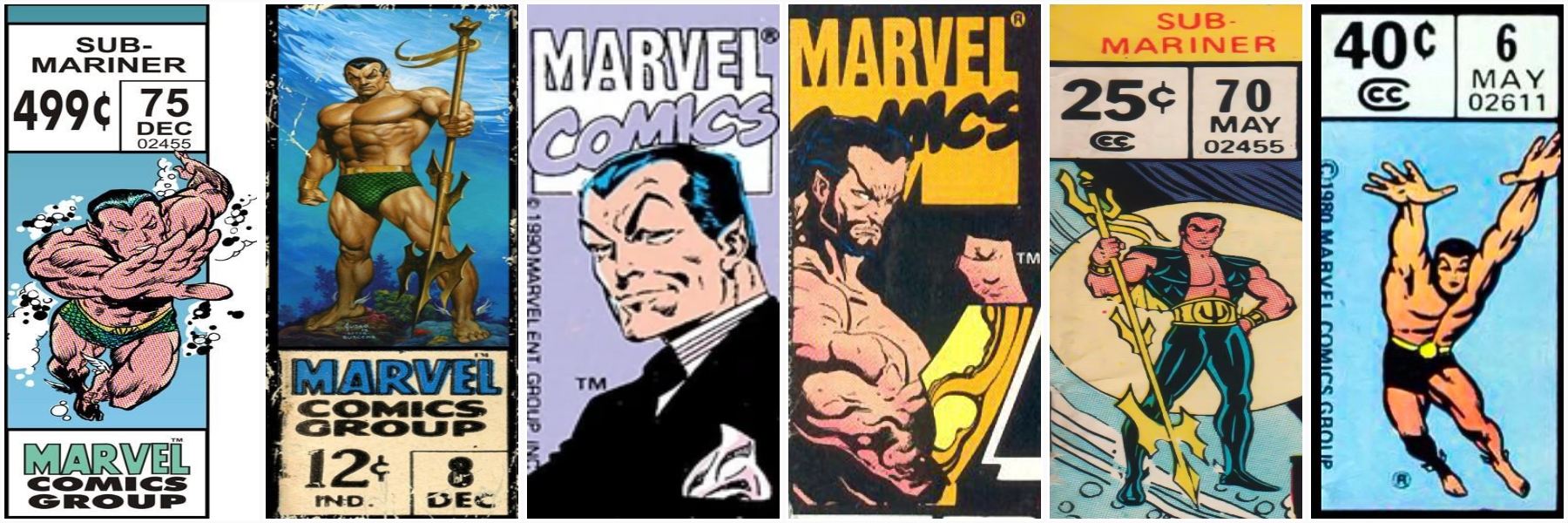


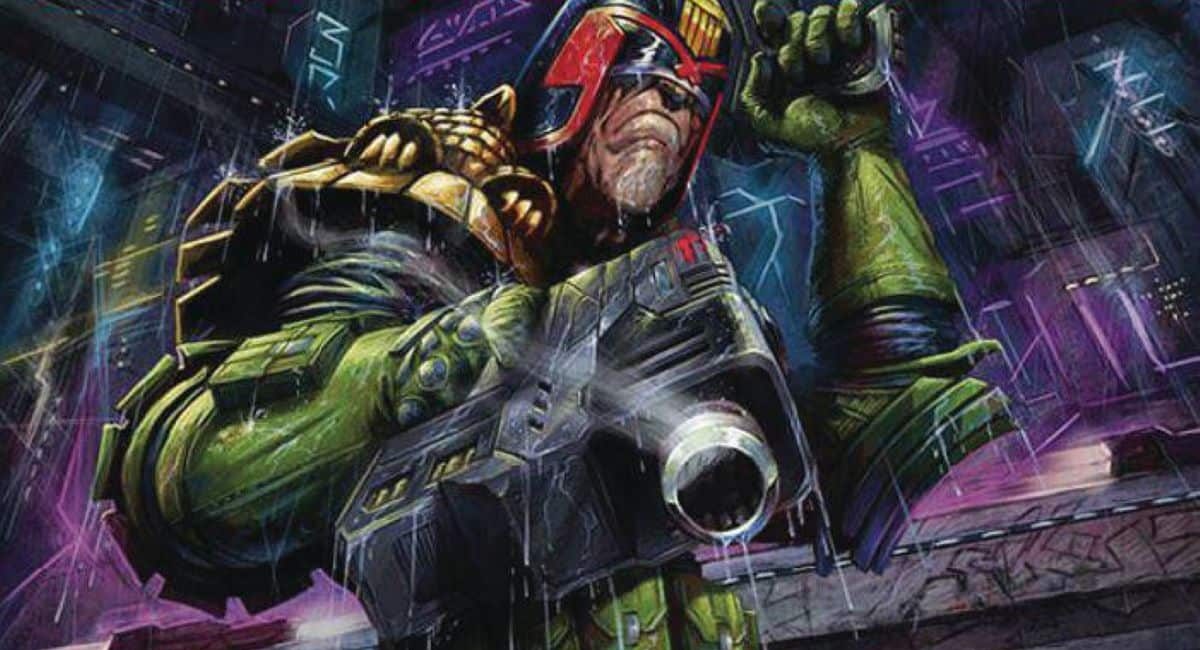
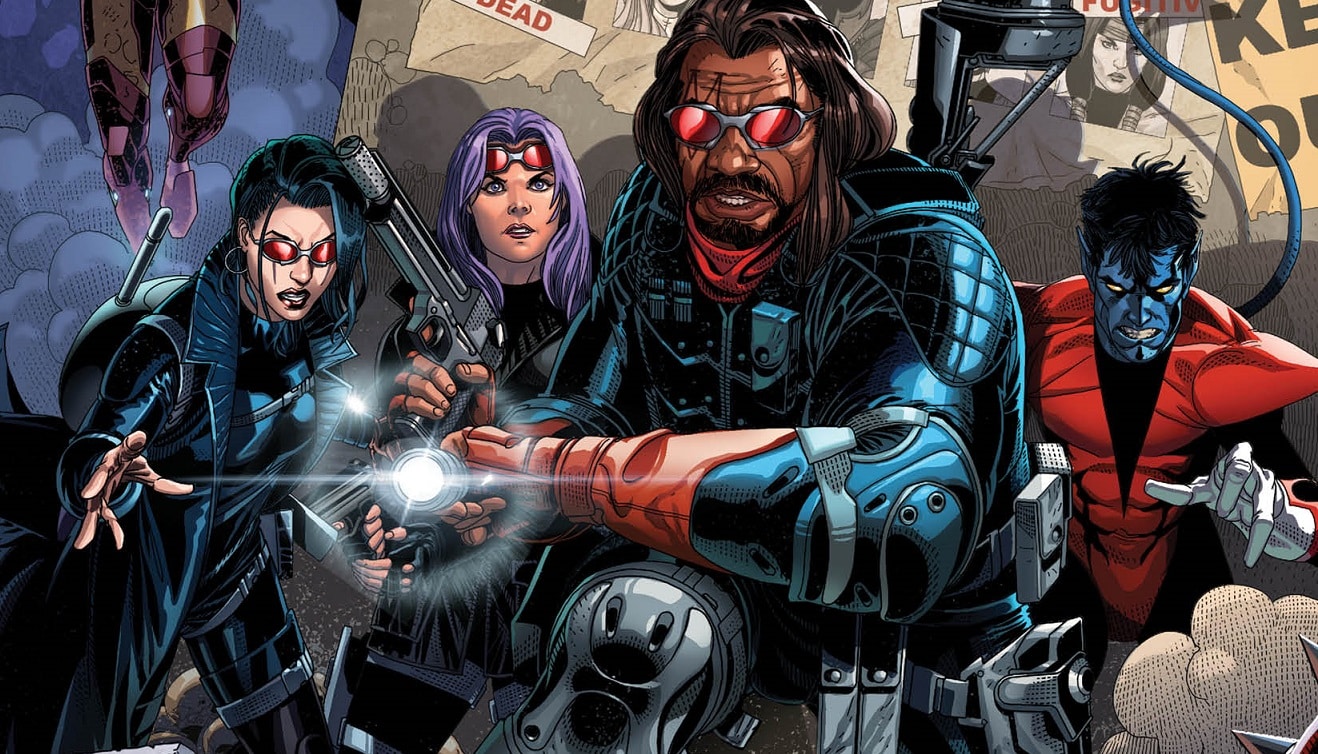


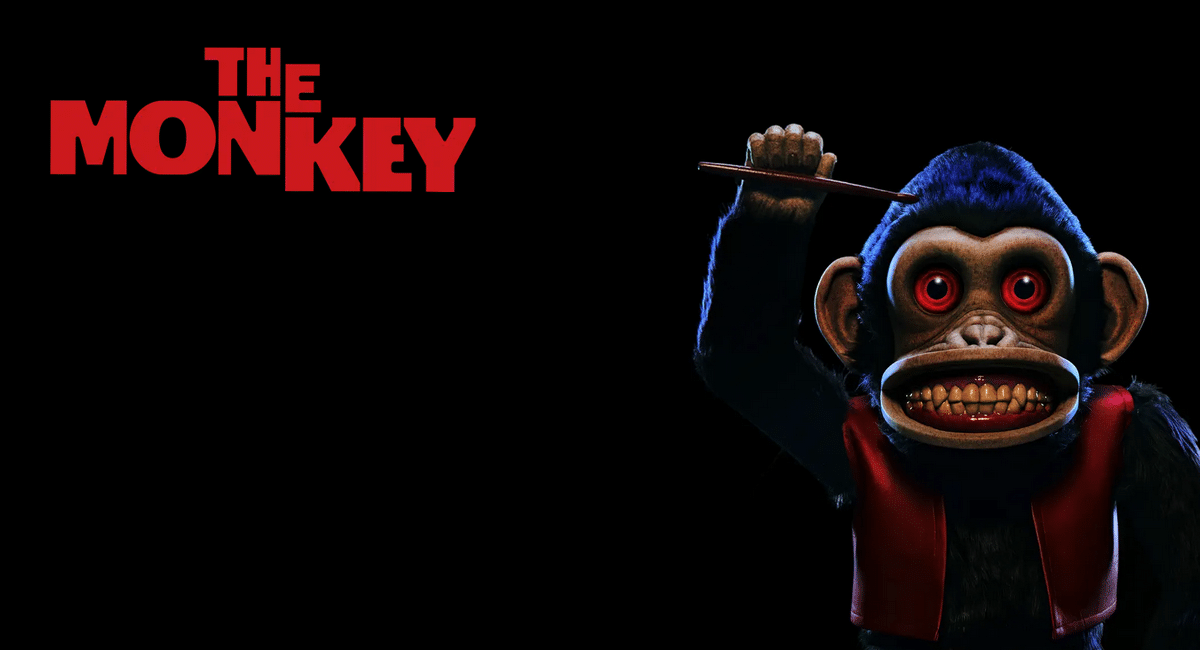


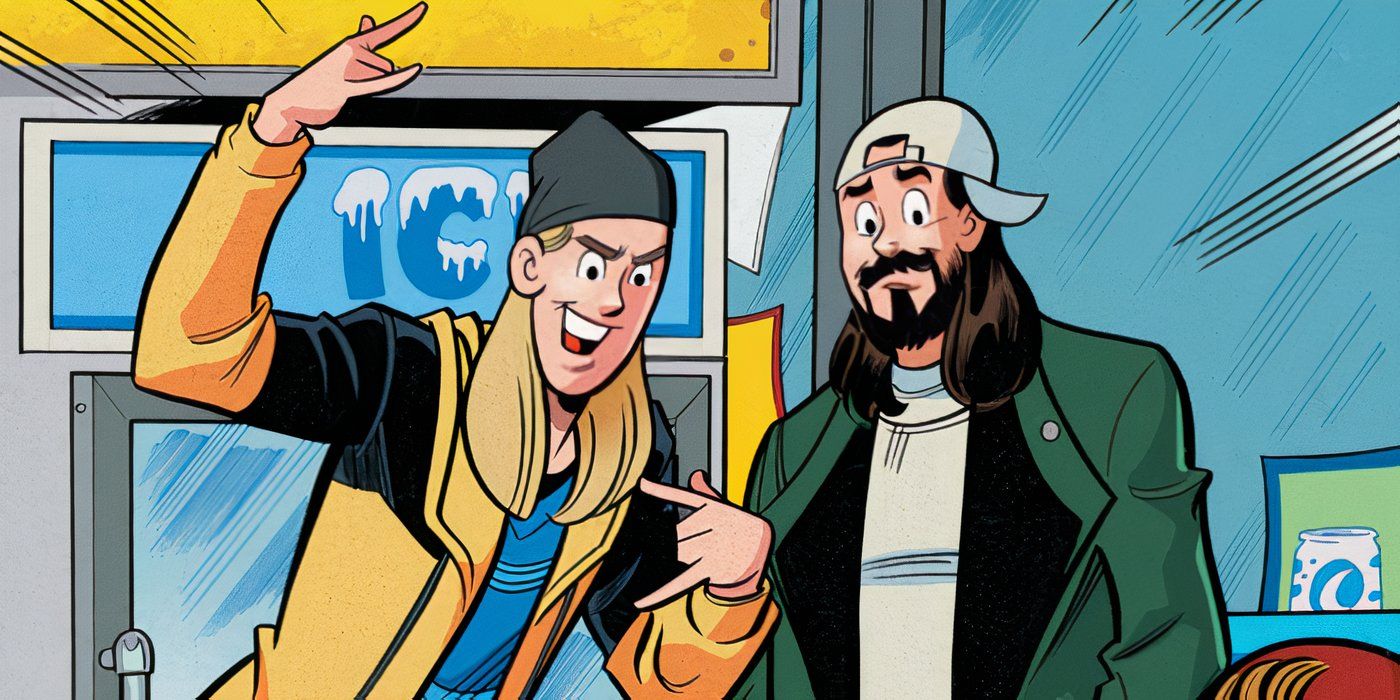
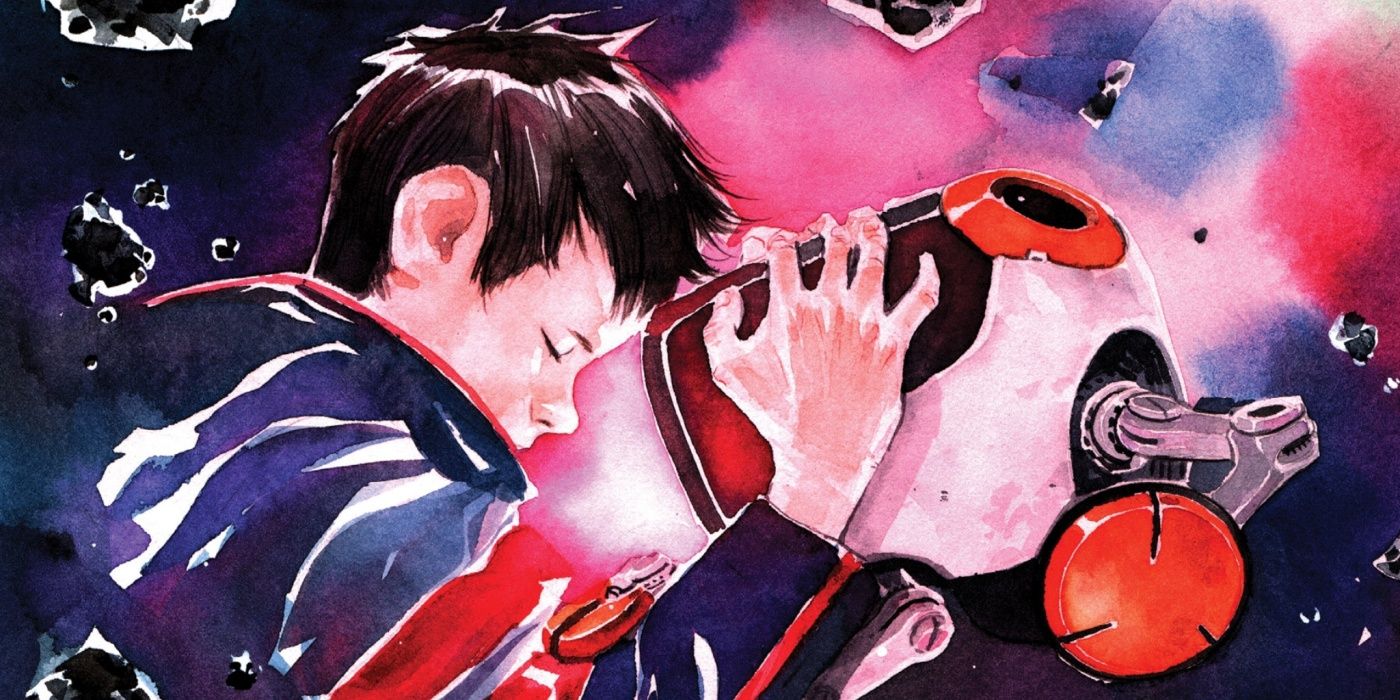



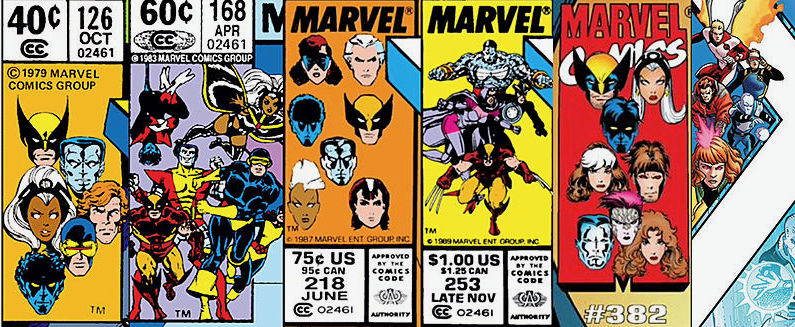
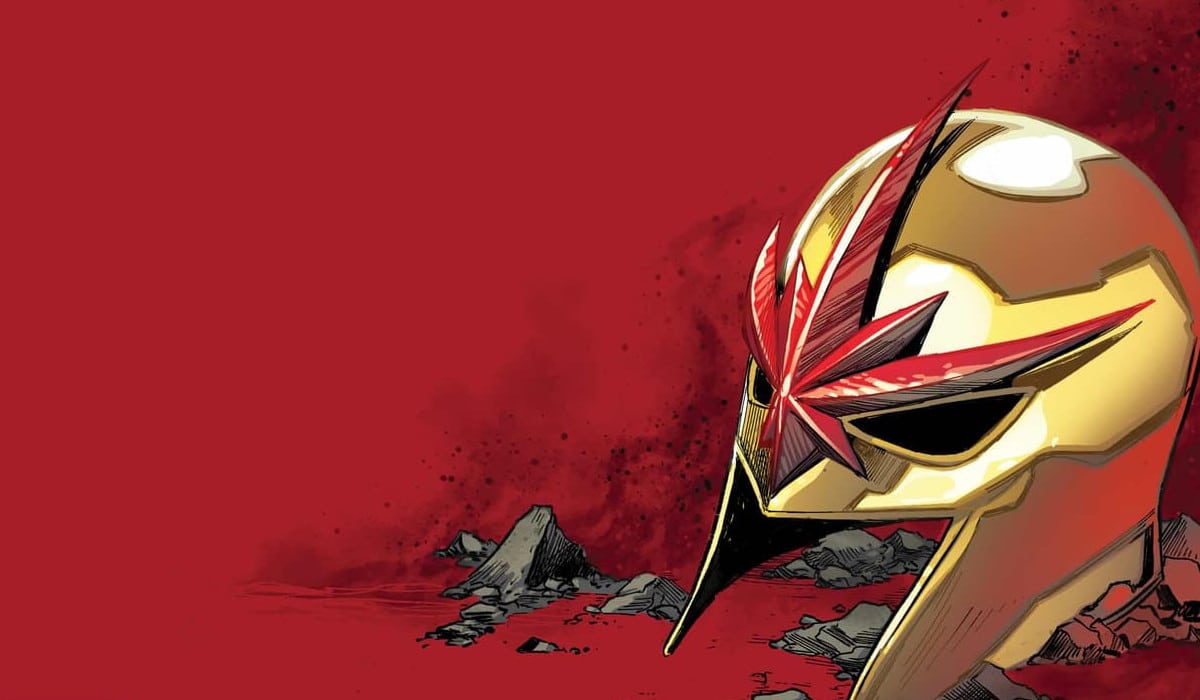

 English (US) ·
English (US) ·